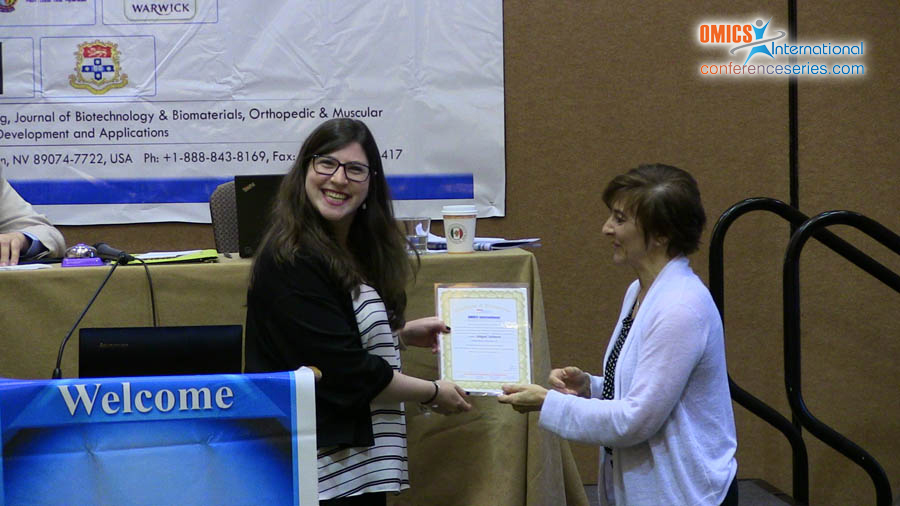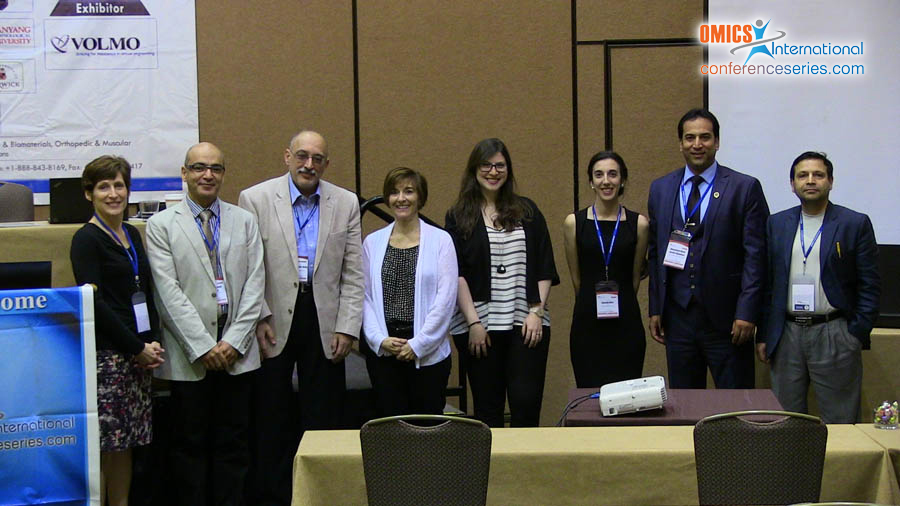
Biography
Biography: Abigail Jaitman
Abstract
The difficulties arising in foot modeling are inherent in its complex composition. Most models simplify the foot geometry, structure, materials and kinetic analysis. To overcome this challenge, in this study a new approach is presented, combining gait analysis, plantar pressure and image processing together with biomechanical principles to develop a multi-segment foot model. The model consists of four segments (Phalanges, Midfoot+Metatarsals, Calcaneus, Talus) to represent the foot according to its function, and a fifth segment for the rest of the body. In order to support the model in terms of geometry and parameterization, 10 series of healthy feet images (X-rays, CT and MRI provided by UHCW consultants) were analyzed. Arch height was calculated from motion capture experiments (10 subjects) and the ground reaction force distribution throughout the gait cycle was obtained through plantar pressure analysis on different subjects (14), all experiments complying with data protection requirements. The plantar soft tissue is modeled as system parallel spring dampers. The model considers four relevant joints: Metatarsophalangeal, Transversetarsal, Talocalcaneal and Taloclural. Regarding muscle activation, 13 muscles (both extrinsic and intrinsic) are included using modified Hill muscle model, composed by a contractile element, spring and damper in parallel, to model the muscle, in series with another spring, the latter to model the free tendon. In order to find a set of fitted parameter values for the stiffness and damping coefficients, parameter estimation and optimization is applied on per-subject basis, yielding a minimum absolute error between the measured and simulated trajectories for the model’s joints.



